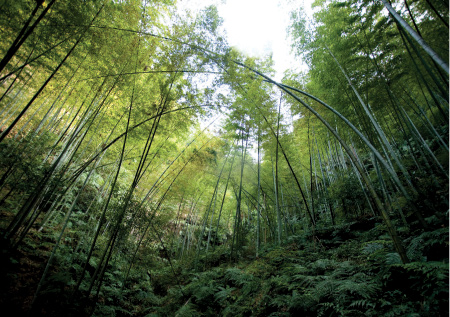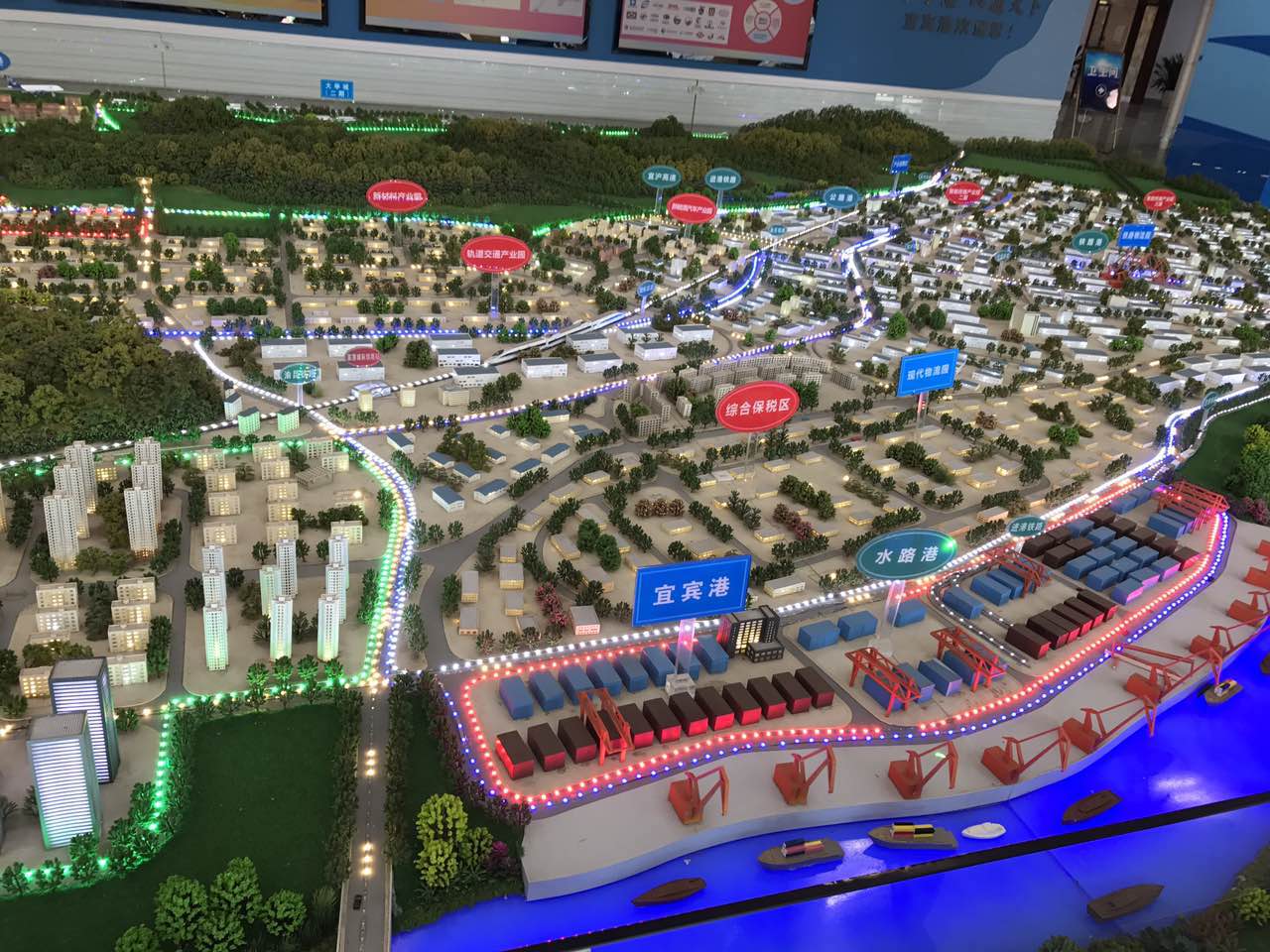Yibin – Fiery Spirit, Remarkable History
28 July 2017
China’s mighty Yangtze River starts at Yibin (population 5 million), where the Min and Jinsha rivers meet, and snakes its way to the East China Sea at Shanghai, more than 2,700 km away. Yibin port is the Yangtze’s most upstream port.
Yibin has long been associated with the fiery white spirit (baijiu) called Wuliangye, which is highly popular among the Chinese. The spirit was created during the Ming Dynasty (1368-1644) using Yibin’s local spring, known to be pure and critical to Wuliangye’s success. More recently, Yibin’s Bamboo Sea was immortalised in the 2001 classic Crouching Tiger Hidden Dragon.

The Bamboo Sea. Credit: Gochengdu.com
The Mayor told me that Yibin’s economy is growing fast with GDP growth at 10.8 percent in the first six months of this year. A large industrial park focusing on technology, medicine, new materials, renewable energy and logistics is nearing completion. To service these industries, plans are under way to build a university town.
Of particular interest to Australia is Yibin’s demand for vocational education and training. We are working with Australian TAFE colleges to help them make inroads into this burgeoning region. As there is a lot of construction taking place, there are also opportunities in urban design and architecture.

Yibin’s big (Wuliangye) bottle
Yibin has a fascinating history during World War II. It was an important supply base for Chongqing (Chungking), China’s war time capital, and on a critical route to Kunming in Yunnan, where allied forces provide supplies to China’s war effort from Burma and from the other side of the Hump in India. The old town of Lizhuang housed Shanghai’s Tongji University during the war years, making it an important centre of learning.

The wartime campus of Tongji University
The most remarkable part of Yibin’s history is that over 9,000 containers of invaluable cultural artifacts from the National Palace Museum were secreted by cover of darkness from cities in China, and hidden in Yibin until after the war. These containers eventually made their way, along with other batches of artifacts which were scattered across the country, back to Nanjing before eventually moving again to Taiwan in 1949. Yibin offers an interesting chapter into China’s history during the war.

Yibin is developing around its inland port
Click here to return to the Australian Consul-General's Blog on Southwest China
